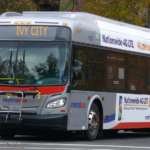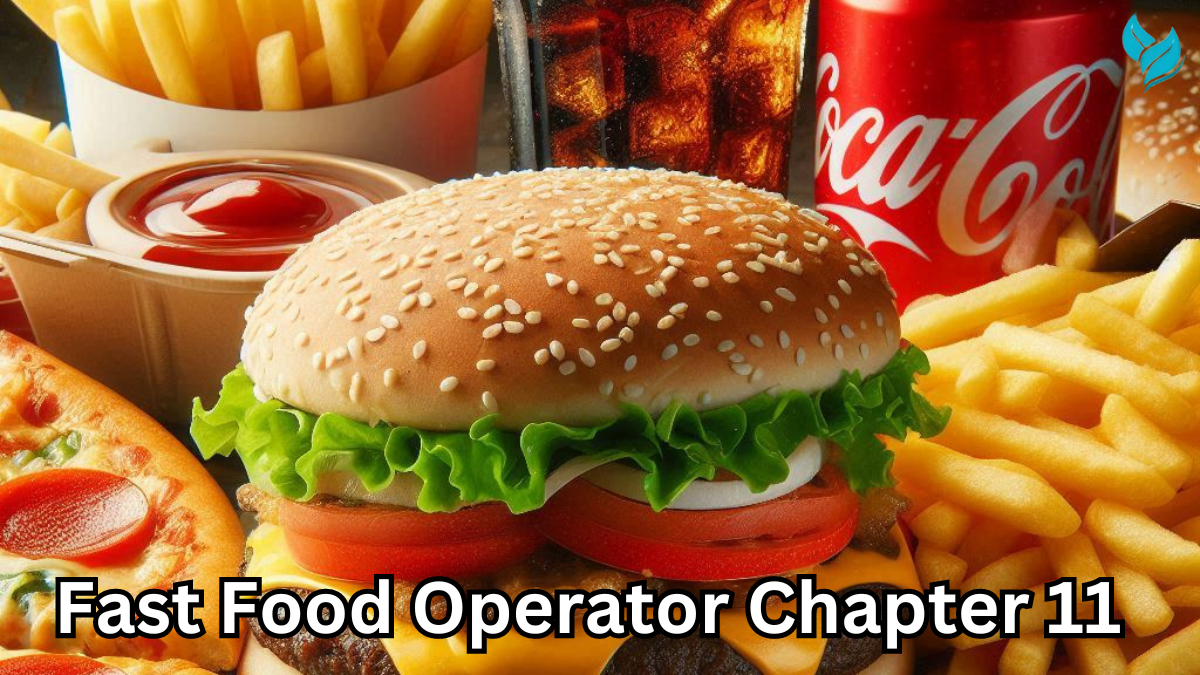In recent years, the fast food industry has experienced significant challenges, from changing consumer preferences to economic downturns. These challenges have led some fast food operators to seek bankruptcy protection under Chapter 11 of the U.S. Bankruptcy Code. This article explores the implications of “fast food operator Chapter 11,” discussing its causes, effects on the industry, and the future of fast food companies navigating this complex landscape.

What Is Chapter 11 Bankruptcy?
Definition and Purpose
Chapter 11 bankruptcy is a legal process that allows companies to restructure their debts while continuing to operate. Unlike Chapter 7 Bankruptcy, which involves liquidating assets to pay creditors, Chapter 11 enables businesses to reorganize and develop a plan to repay their debts over time. This process can be particularly advantageous for fast food operators facing financial difficulties, as it allows them to maintain operations while finding a viable path forward.
The Process of Filing for Chapter 11
When a fast food operator files for Chapter 11, it typically initiates several key steps:
- Filing a Petition: The company submits a petition to the bankruptcy court, detailing its financial situation and the reasons for seeking protection.
- Automatic Stay: Upon filing, an automatic stay goes into effect, which prevents creditors from pursuing collection actions against the company.
- Reorganization Plan: The company develops a reorganization plan that outlines how it intends to repay its debts, which must be approved by the court and creditors.
- Confirmation and Implementation: Once approved, the company implements the plan, often involving operational changes, cost-cutting measures, and negotiations with creditors.
Causes of Chapter 11 Filings in the Fast Food Industry
Several factors have contributed to the rise of “fast food operator Chapter 11” filings in recent years:
Economic Pressures
Economic downturns, such as those brought on by the COVID-19 pandemic, have significantly affected consumer spending habits. Many fast food operators experienced declines in sales, leading to cash flow problems and mounting debts.
Changing Consumer Preferences
Today’s consumers increasingly prioritize health and wellness, leading to a shift away from traditional fast food offerings. Many operators have struggled to adapt their menus to meet these changing preferences, resulting in decreased sales and profitability.
Increased Competition
The fast food market is highly competitive, with numerous players vying for market share. As new concepts emerge and established brands expand, some operators may find it challenging to maintain their market position, leading to financial strain.
Rising Operational Costs
Operational costs, including labor, food, and rent, have continued to rise. Fast food operators often operate on thin margins, making it difficult to absorb these increased expenses without impacting profitability.
Effects of Chapter 11 on Fast Food Operators
Operational Restructuring
Filing for Chapter 11 often requires fast food operators to make difficult decisions about their operations. This may include closing underperforming locations, laying off staff, or renegotiating contracts with suppliers. While these changes can help reduce costs, they can also lead to short-term disruptions.
Brand Image and Consumer Trust
Bankruptcy can impact a brand’s image and consumer trust. Fast food operators may need to work hard to reassure customers that they remain committed to quality and service despite their financial challenges. Marketing strategies may shift to emphasize stability and positive changes.
Relationships with Stakeholders
Chapter 11 can strain relationships with various stakeholders, including employees, suppliers, and franchisees. Operators must navigate these relationships carefully, as maintaining strong partnerships is crucial for successful reorganization.
Long-Term Viability
While Chapter 11 offers a path to recovery, not all operators emerge successfully. The restructuring process can take time, and operators must be strategic about their plans for the future to ensure long-term viability in a competitive market.
Case Studies: Fast Food Operators in Chapter 11
Franchise Group: Filet-O-Fish, Inc.
In 2020, Filet-O-Fish, a regional fast food chain, filed for Chapter 11 bankruptcy protection. The company faced declining sales due to increased competition and changing consumer preferences. By restructuring its debt and streamlining operations, Filet-O-Fish emerged from bankruptcy and successfully repositioned itself in the market, focusing on healthier menu options.
Burger Haven
Burger Haven, a well-known national chain, also sought Chapter 11 protection in recent years. Struggling with high operational costs and a saturated market, the company laid off staff and closed several locations. Through the reorganization process, Burger Haven revamped its menu and marketing strategies, ultimately regaining its market presence.
The Future of Fast Food Operators After Chapter 11
Innovation and Adaptation
To succeed after filing for Chapter 11, fast food operators must embrace innovation. This may involve menu changes, technological advancements, or new service models, such as delivery and drive-thru enhancements. Adapting to consumer trends will be critical for long-term success.
Focusing on Sustainability
Sustainability is becoming increasingly important to consumers. Fast food operators that prioritize eco-friendly practices, such as sustainable sourcing and waste reduction, may find new opportunities to attract customers and differentiate themselves from competitors.
Building Consumer Loyalty
Rebuilding consumer trust is essential for fast food operators emerging from Chapter 11. Strategies to enhance customer loyalty, such as loyalty programs, community engagement, and transparent communication, can help operators reconnect with their customer base.
Strengthening Financial Management
Effective financial management will be crucial for fast food operators post-Chapter 11. This includes careful budgeting, monitoring cash flow, and developing contingency plans to navigate future challenges. Strong financial practices will help ensure that operators remain resilient in a volatile market.

FAQs
1. What is Chapter 11 bankruptcy?
Chapter 11 bankruptcy allows companies to restructure their debts while continuing to operate, rather than liquidating their assets.
2. Why do fast food operators file for Chapter 11?
Fast food operators may file for Chapter 11 due to economic pressures, changing consumer preferences, increased competition, and rising operational costs.
3. What happens during the Chapter 11 process?
The process involves filing a petition, developing a reorganization plan, and implementing that plan with court approval.
4. Can a fast food operator successfully emerge from Chapter 11?
Yes, many fast food operators successfully emerge from Chapter 11 by restructuring their operations, cutting costs, and adapting to market demands.
5. How does Chapter 11 affect employees?
Chapter 11 may lead to layoffs or changes in job roles as operators restructure. However, the goal is to stabilize the business and preserve as many jobs as possible.
Conclusion
The landscape of the fast food industry continues to evolve, and “fast food operator Chapter 11” filings highlight the challenges operators face in maintaining profitability. While the process can be daunting, it also offers a path to recovery and renewal. As fast food operators adapt to changing consumer preferences and economic realities, their ability to innovate and connect with customers will determine their long-term success. By navigating the complexities of Chapter 11, these companies can emerge stronger and more resilient, ready to thrive in a competitive market.








